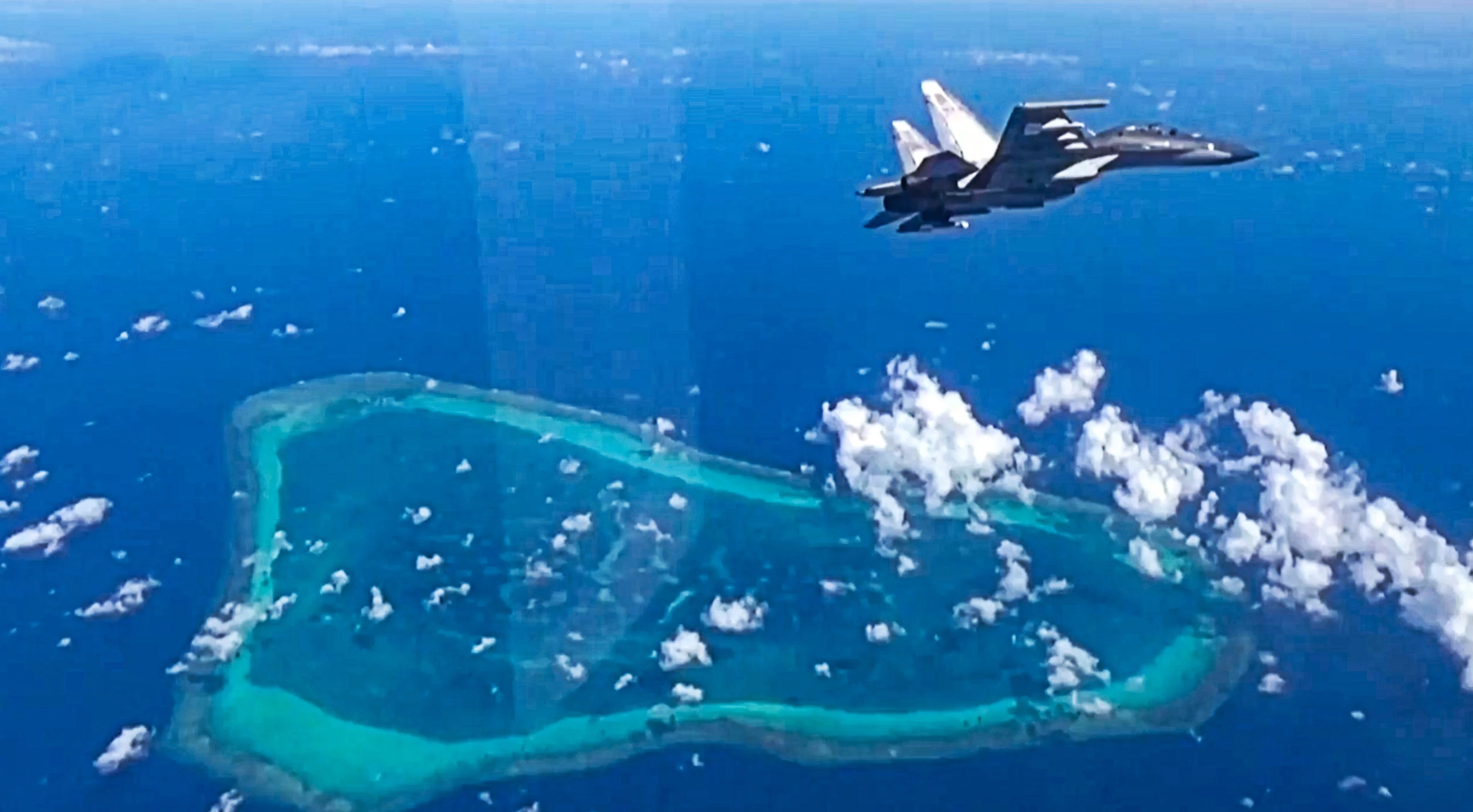By Victoria Bela
Copyright scmp

China might build a science laboratory at the disputed Scarborough Shoal and invite international experts to conduct coral reef and fisheries research, a leading South China Sea analyst said.
He also called for further measures like boarding inspections, penalties for illegal fishing and barring rival claimants from the area.
Beijing announced on September 10 that it had approved the creation of a nature reserve spanning around 35 sq km (13.5 square miles) at the shoal, which Beijing calls Huangyan Island.
The Philippines, which also claims the feature and calls it the Bajo de Masinloc or Panatag Shoal, condemned the Chinese move as “illegitimate and unlawful”. Manila claims the area lies within its exclusive economic zone.
Wu Shicun, founding president of the National Institute for South China Sea Studies, sought to explain the reasoning behind Beijing’s plans.
“The primary consideration for establishing the Huangyan Island National Nature Reserve is to protect the marine ecological environment and biodiversity of Huangyan Island and its surrounding waters,” Wu told Shanghai-based news outlet Guancha on Sunday.
He said that at the legislative level, detailed implementation rules still needed to be developed, including specific regulations governing scientific research activities.
This included plans to monitor and restore any damage, particularly to coral reefs, and to assess the need for expanding marine monitoring stations to track water quality and coral growth, Wu added.
“This could include establishing a laboratory in the experimental zone or other waters around Huangyan Island,” said Wu, who is also the chairman of the Huayang Centre for Marine Cooperation and Ocean Governance in southern China.
Wu added that scientists from China and around the world who were “truly engaged in marine science research and committed to marine environmental protection” could be invited to collaborate on research projects focused on coral reef growth, restoration and fishery surveys.
Further actions, including boarding inspections and penalties for destructive fishing, and stopping Filipino fishermen from entering the reserve, should also be considered as follow-up safeguards, Wu said.
Scarborough Shoal has been a longstanding flashpoint between China and the Philippines, with multiple confrontations in recent years. China has controlled the shoal since a stand-off in 2012, though fishing boats from both countries still operate in the region.
China has cracked down on regional fishers in the traditional fishing ground, including conducting inspections on Chinese fishing vessels, according to state media.
Both sides have traded concerns and accusations that fishing activities in the region could lead to environmental damage.
A study by China’s Ministry of Ecology and Environment in July last year revealed environmental damage such as coral reef degradation and pollution at another regional hotspot, the Second Thomas Shoal, which is also claimed by both Manila and Beijing.
In another study also published the same month, the ministry said the water quality at Scarborough Shoal was “excellent”, and that no cyanide was detected in samples.
Cyanide fishing uses toxic chemicals to stun fish for capture and is widely condemned for its environmental impact.
“The coral reef ecosystem at Huangyan Island is in a healthy state, boasting rich species diversity of reef-building corals,” the ministry said.
Wu said reports that fishing by Filipino fishermen near the shoal had caused some harm to the marine environment made protection of the marine ecosystem a “top priority”.
The Asia Maritime Transparency Initiative said in a media release on Thursday that a nature reserve at Scarborough was “long overdue”, as the region had been “scoured by clam harvesters”.
The site of the reserve is “precisely the area of the South China Sea that has suffered the most from destructive Chinese clam harvesting practices,” according to the AMTI, a programme developed by the Washington-based think tank Centre for Strategic and International Studies.
“In 2023, AMTI measured about 16,350 acres [6,610 hectares] of clam harvesting damage visible in satellite imagery across 39 shallow reefs in the South China Sea. Damage at Scarborough Shoal amounted to about 1,900 acres, more than any other reef”.
Wu said that China’s recent moves in the region sent a “signal to the international community, including the Philippines and the United States: if further infringements occur, China will take more severe countermeasures”.
He added that from a moral standpoint of protecting the marine environment, “the US should not be concerned about China’s declaration of a nature reserve”.
“Using environmental protection as a means of safeguarding rights helps us maintain the moral high ground”.